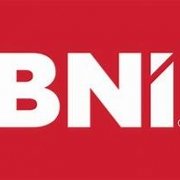Typefaces Usage
GEOMETRIC SANS
Geometric Sans are clear, objective, modern, universal There impressive, modern and useful. Examples: Helvetica, Univers, Futura, Avant Garde.
HUMANIST SANS
Humanist fonts generally have more detail, less consistency, and frequently involve thinner and thicker stroke weights than Geometric Sans. There modern yet human. Examples: Gill Sans, Frutiger, Verdana.
OLD STYLE
Old Style faces are classic, traditional, readable, Examples: Bembo, Palatino, Garamond.
TRANSITIONAL AND MODERN
Transitional and Modern faces are strong, stylish, dynamic.
Examples: Times New Roman, Baskerville.
SLAB SERIFS
They can convey a sense of authority, in the case of heavy versions like Rockwell, but they can also be quite friendly, as in the recent favourite Archer. Slab Serifs are hard to generalise but they add a distinctive wrinkle to anything, but can easily become overly conspicuous in the wrong surroundings.
Examples: Clarendon, Rockwell, Courier.
Periodically, there’s a need for a font that oozes with personality, whether that personality is warehouse party, Pad Thai or Santa Claus. And this need brings us into the vast wilderness of Display typefaces, which includes everything from Comic Sans to our candy-cane and bunny fonts. ‘Display’ is just another way of saying ‘do not exceed recommended dosage‘: applied sparingly to headlines, a display font can add a well-needed dash of flavour to a design, but it can quickly wear out its welcome if used too widely.
With all the different fonts we have access to nowadays, it’s easy to forget that there’s nothing like a classic typeface used well by somebody who knows how to use it.






